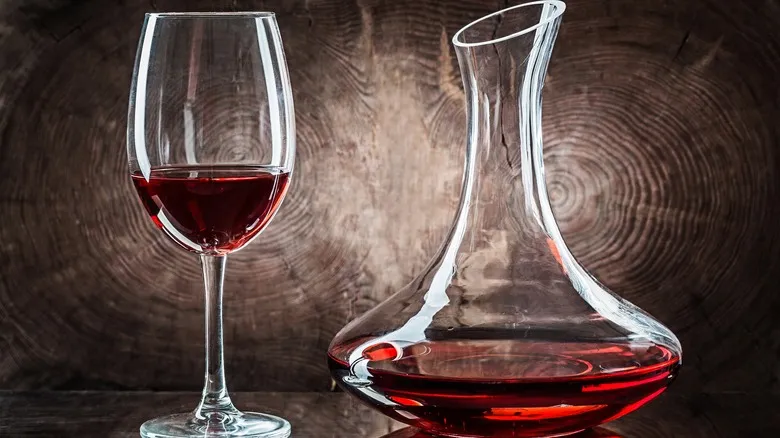What happens when you aerate wine?

Have you ever uncorked a bottle of wine and detected a somewhat strong odor? That’s ethanol, a byproduct of fermentation that significantly influences the wine's sensory characteristics. This is where evaporation proves beneficial. It not only helps dissipate the ethanol scent but also removes excess sulfites. While sulfites are effective in combating microbes, no one wants their first sip to smell like spoiled cabbage.
As evaporation eliminates the smell of alcohol, oxidation serves a different purpose. It aids in softening the tannins. These phenolic compounds are essential for the aging process of wine and affect its texture and appearance (though you should never judge a wine solely by its color). However, tannins can be quite astringent and may leave a dry sensation on the palate. While gentle oxidation can enhance the wine's complexity and reveal its best qualities, excessive oxidation can detract from its flavor. But don’t fret — there are numerous methods to protect your wine from excessive exposure to air. For example, consider this smart storage tip for preserving an opened bottle of red.
Which wines need aeration?

Aeration significantly enhances the experience of wine tasting, but it's equally important to know which wines truly benefit from it. You wouldn't want to diminish the fruity character of a delicate red like Pinot Noir or Grenache by exposing it to too much air. Over-aeration can dull these wines, leaving you questioning whether you purchased a bottle that had already spoiled.
In contrast to lighter wines, bold reds such as Cabernet Sauvignon, Merlot, and Nebbiolo have a greater potential for aging and tend to respond positively to aeration. This is due to their high tannin levels, which can reach up to 1,500 milligrams per liter in a California Cabernet Sauvignon, necessitating some softening. As wine matures, tannins bond with larger molecules, which lessens their bitterness and smooths their texture. However, younger red wines often have sharper tannins, making aeration beneficial for them as well.
While white wines generally contain fewer tannins than reds—sometimes as low as 40 milligrams per liter—it's a common myth that they shouldn't be aerated. In reality, a light aeration can greatly enhance oak-aged whites and other full-bodied Bordeaux or Burgundy wines, allowing them to unfold and reveal their intricate flavors.
Recommended

The Best And Worst Mixers For Your Vodka, Ranked

Why Only Pairing Sake With Japanese Food Is A Big Mistake

Champagne Vs Prosecco: What's The Difference?

Does Red Or White Wine Pair Better With Pork?
Next up





